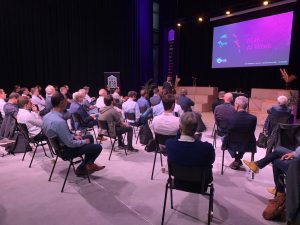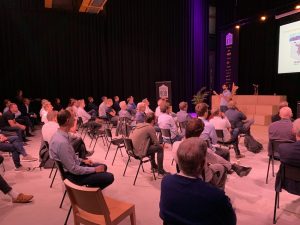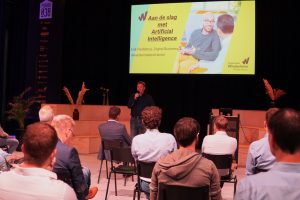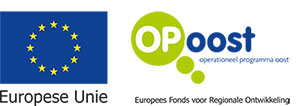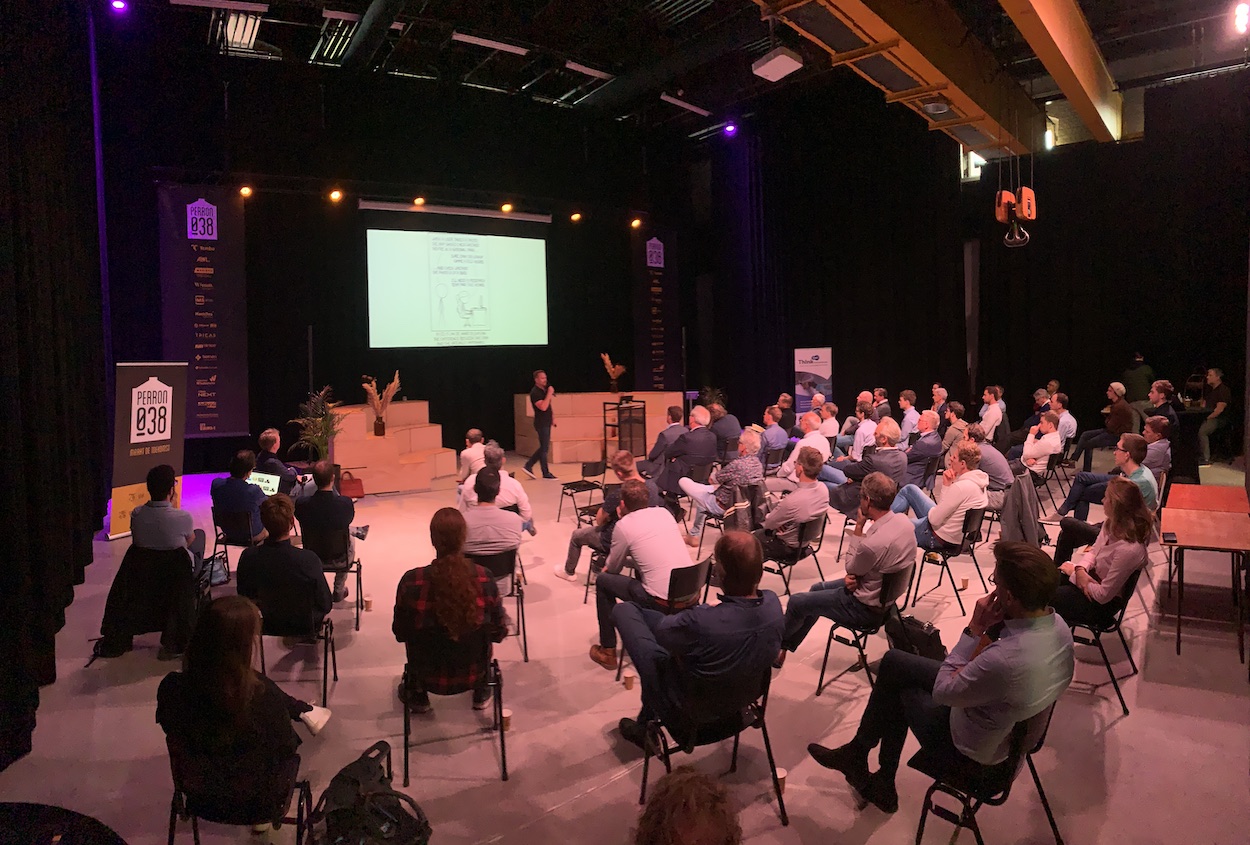Artificial Intelligence (AI) offers a lot of opportunities for the manufacturing industry. But where to start? Wednesday October 13th, visitors at Perron038 got inspired during the event ‘Get started with Artificial Intelligence’. Experts straight from businesses presented cases, experiments and successes with AI. Perron038 contributed to the event with presenting a case from project PRISMA.
The economic potential for AI in the East Netherlands could reach up to 13 billion euros in 2030, according to figures from Buck Consultants International (BCI). But as cryptic as this sounds, for many companies it is actually as complicated. High time to bring AI to practice. Oost NL, Perron038, Kennispoort Regio Zwolle en TechForFuture organised a meeting for companies from the region.
AI-hub East-Netherlands
Chris Willemsen, responsible for Business Development Digital Industries and AI-hub East Netherlands, explains what the hub entails. In the East Netherlands, more than 350 companies are working on AI applications. In addition, three universities have a total of 1,100 scientists working on AI, and there are 5,700 university students and 8,700 college students each year. We bring these separate links together in the AI Hub Oost-Nederland.
In addition to this hub, there are six regional AI hubs. Together, they form the regional eyes and ears of the umbrella network NL AI Coalition. We share the stories of companies here that are working on AI with the rest of the country. And vice versa”, emphasises Willemsen, “we pass on the European and national developments to the entrepreneurs here.
Furthermore, the regional hub is there to connect knowledge and issues. In addition, we want to inspire, make talent visible and draw attention to the subject of AI. We are not only focusing on the development of AI, but also on the development of AI itself. We therefore focus not only on the technology, but also on the people.
Parcel picking with robots
Wilbert van de Ridder, Development Engineer at AWL-Techniek and lecturer and researcher at Windesheim University, tells the audience about the application of Vision Technology in the PRISMA project. At Perron038 we have been working for almost two years on parcel picking by means of robots. The challenge in this case is that robots have to recognise different types of parcels, detect the right gripping point and then make the choice which parcel to pick up first. We decided to tackle it with vision technology’. One of the lessons learned by Van de Ridder is the importance of source data. No matter how intelligent today’s technology is, a robot is not a human being. The robot can only perform what the human has programmed. ‘So we have to teach the robots what to do with every package that can pass by.’
A question arising from this successful experiment is what AWL will now do with the technology developed. Are we going to use it for our own work or are we looking at commercial opportunities? That is the question we are working on now’, Van de Ridder concludes.
Rich inspection data
Whereas AWL had all types of packages available, the case of Salland Engineering shows that it is not always that ‘easy’. Salland Engineering is a market leader in the field of chip testing and tests for Bronkhorst, among others. Until now, this has always been done by people. But if robots can learn to recognise possible deviations in chips, they can take this repetitive work off people’s hands. Aleksandar Andreski, associate professor Nanophysics at Saxion, explains how Machine Learning was used to detect defects at an early stage. The complicated thing is that on the one hand there were rarely any faults in the chips, but on the other hand there were a great many different deviations possible. We designed all these deviations ourselves, because there were no real examples. So we created a ‘large training set’ with synthetic data to feed the algorithms with. The result is ‘rich inspection data’. With it, we not only know whether a chip is broken, but also what is wrong with it. That is useful information for your production process.
Automated Design
Vasos Arnaoutis is the third speaker to present a practical case study. The researcher from the Fraunhofer Project Center at the University of Twente looked at the partial automation of the creative design process. In this case, it concerns the design of moulds for product assembly, aimed at several production companies. Designing these moulds is a creative process. Can it be outsourced to software at all? As Arnaoutis puts it: “The ‘stupid’ part of design is. The people who would normally do that part of the design are now only sketching the framework. And that is the more complex work’, he emphasises.
Assisted Intelligence
This immediately answers the question that has been hanging in the air all afternoon: will AI replace people? No, people must feed the system, so that the system helps people. This way of thinking might cause AI to stand for: Assisted Intelligence.
Perron038
The setting for this inspiring afternoon was Perron038, the place for the innovative manufacturing industry in the Zwolle region. An old industrial hall in the Zwolle station area has been converted into an ultramodern environment. This is where technological innovation comes about, as high-tech companies and educational and research institutions meet. Technicians and enthusiastic students work together and carry out research and experiments.
